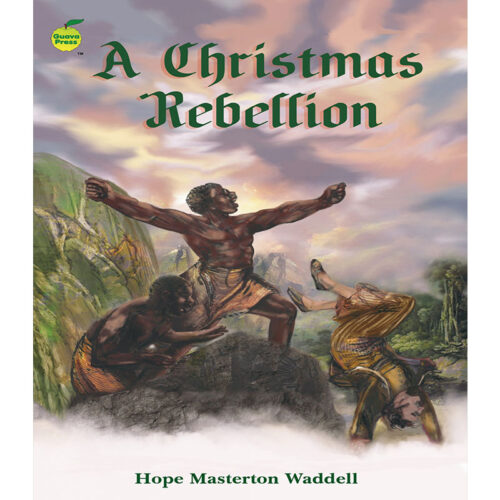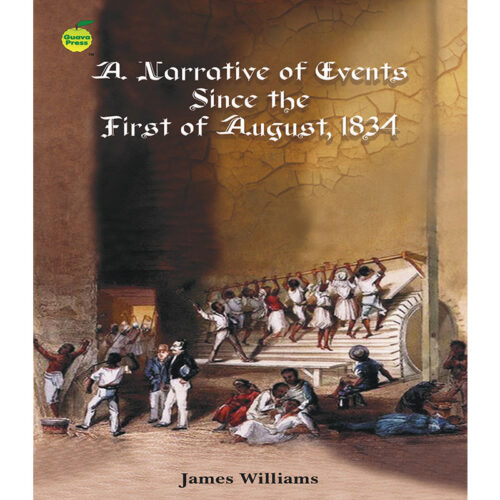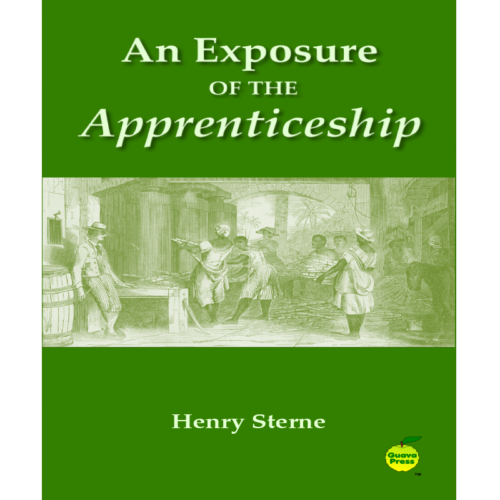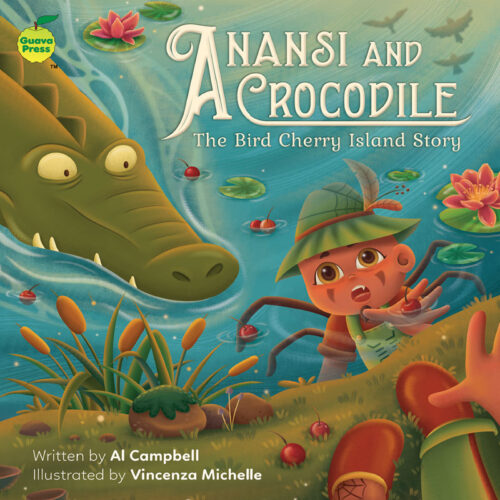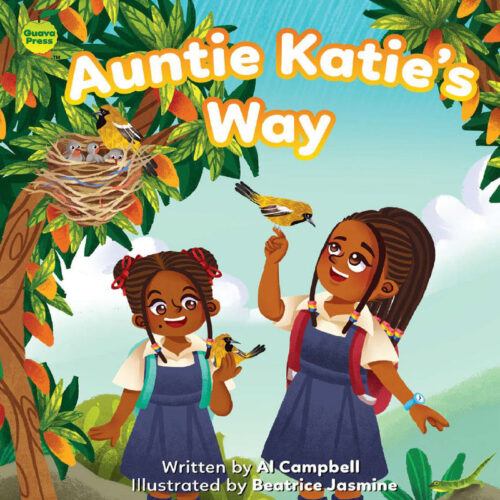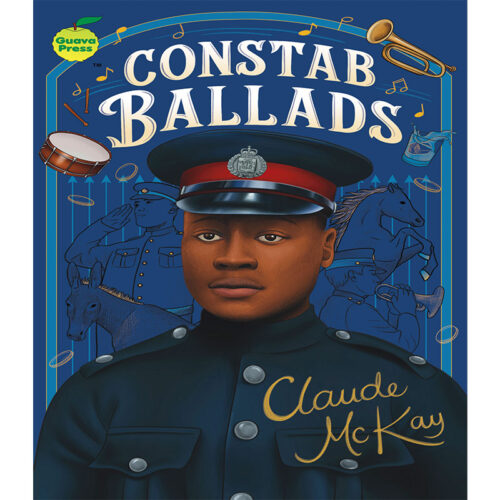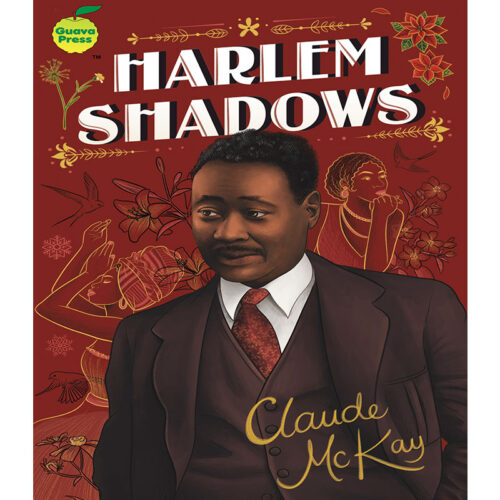-
By Hope Masterton Waddell Hope Masterton Waddell was a missionary in Jamaica when a slave uprising started after December 25, 1831, which lasted into the first weeks of 1832. A Christmas Rebellion is Waddell’s recollection of this rebellion that is considered the largest slave rebellion in the British Caribbean. The uprising was also called the Baptist War because many of the rebels were Baptist denomination. An excerpt from A Christmas Rebellion: Early in December 1831 rumours of an impending servile war began to spread abroad and agitate the community. The slaves, it was said, had bound themselves by a solemn oath to each other to be slaves no longer. The conspiracy was discovered on Salt Spring estate, near Montego Bay, from the mysterious and threatening language of an angry negro to his overseer, which aroused suspicion, led to investigation, and thereby brought to light the whole scheme. The time was near for its being carried into effect, yet nothing seemingly could be done beforehand to prevent it.
-
By James Williams In A Narrative of Events Since the First of August, 1834, James Williams, a Jamaican “apprentice” (former slave), describes his experiences under the British apprenticeship system that was established as a transition period from slavery to free labour to facilitate the gradual abolition of slavery within the British empire in 1833. His account tells of the brutal punishments he had to endure, including numerous floggings and imprisonments. He also describes the prison conditions where the use of the treadmill was common, as well as how women were constantly abused in many ways. Williams concludes that the system of apprenticeship worsened the conditions of Jamaican ex-slaves, as the former slave-owners used the Jamaican legal system to constantly harass and punish them. An excerpt from A Narrative of Events Since the First of August, 1834: I have been very ill treated by Mr. Senior and the magistrates since the new law come in. Apprentices get a great deal more punishment now than they did when they was slaves; the master take spite, and do all he can to hurt them before the free come;—I have heard my master say, “Those English devils say we to be free, but if we is to free, he will pretty well weaken we, before the six and the four years done; we shall be no use to ourselves afterwards.”
-
By Alexander Falconbridge Alexander Falconbridge was a surgeon on slave ships that carried African slaves from the West African Coast to the Caribbean. In An Account of the Slave Trade on the Coast of Africa he describes the many and varied aspects of this despicable trade that was legally undertaken for centuries. The description starts from when the mostly English and French ships first dock along the West African coast and the captains go ashore to acquire Africans. He then explains how the slaves were captured and brought to the coast to be sold. The process is explained, including their treatment during the Middle Passage across the Atlantic Ocean, to when they were sold into hereditary bondage in the Caribbean. An excerpt from An Account of the Slave Trade on the Coast of Africa: The slave ships generally lie near a mile below the town, in Bonny River, in seven or eight fathom water. Sometimes fifteen sail, English and French, but chiefly the former, meet here together. Soon after they cast anchor, the captains go on shore, to make known their arrival, and to inquire into the state of the trade.
-
By Henry Sterne Henry Sterne’s An Exposure of the Apprenticeship documents some of the unfair incidences that unfolded during the Apprenticeship period in Jamaica, which lasted from August, 1834 to July, 1838. Sterne outlines cases where the system operated mostly to the benefit of the former slave-masters and to the detriment of “the apprentices,” mostly because interpretation and enforcement of the law was left up to the discretion of biased special magistrates. An excerpt from An Exposure of the Apprenticeship: On the 1st of August, 1834, and until very lately, I was an inhabitant of a populous country parish, called Saint George’s. This parish has been noted in the annals of Jamaica for what is, out there, termed rebellion. Of this, then, most rebellious parish, do I now speak, from a lengthy, personal knowledge and observation.
-
One morning three seabirds invite Brother Anansi to fly with them to Bird Cherry Island. He doesn’t have wings but they find a way for him to go along with them to pick delicious cherries. Find out what happens next in this lively and amusing Anansi adventure because on the island the cunning spider man also meets Crocodile, and of course, tries to trick the trusting reptile. Read and enjoy this traditional Anansi story, with an appearance by Crocodile’s loving wife, as well as a chance encounter with a couple of triggerfish. Also admire the magnificent illustrations, and discover how the crafty spider man is once again able to survive against all the odds. This storybook is chock-full of fun for young readers.
-
One morning Lisa and Una are walking
to school when they see two birds in a tree.
What kind of birds do they see?
They see pretty yellow Auntie Katies.
Find out what happens next as the sistersmarvel at the wonderful birds, andeventually witness a tragedy.
Read and enjoy this moving story
about amazing things in our environment,
admire the charming illustrations, and learn
why even birds can teach us valuable lessons
to help us to live better lives.
This storybook is perfect for young readers. -
By Tom Redcam Becka’s Buckra Baby by Tom Redcam (Thomas Henry MacDermot) was first published in 1905. The novella explores the social implications and unforeseen consequences when a young lady gives a black girl the Christmas gift of a white doll.
-
One morning Cherry Berry wakes up to
discover that a hurricane is headed for
her tropical island home. She must help
her family prepare for the big storm. Find out what happens next as Cherry and
her older brother Yohan do many things
inside and outside the house to get ready. Read and enjoy this Cherry Berry story,
marvel at the beautiful illustrations, and
learn some of the simple things to do
around the home before a hurricane hits. This storybook is perfect for early readers. -
By Al Campbell and Illustrated by Châu Phạm Cherry Berry sneaks out of her home and runs into a forest to find the “pot of gold” at the end of a rainbow. Find out what happens next as Yohan chases his little sister and tries to save her from dangers lurking in the forest. Read and enjoy this adventurous Cherry Berry story, admire the enchanting illustrations, and learn more about one of nature’s most amazing wonders – beautiful multi-coloured rainbows! This storybook is perfect for early readers.
-
By Claude McKay Claude McKay was one of the twentieth century’s finest poets and Constab Ballads (1912) was his second published work, after Songs of Jamaica earlier that year. This collection was also written in Jamaican Patois and was largely based on his experiences while serving as a police constable in Spanish Town. The poems are an alluring combination of traditional verses, dramatic monologues and confessional love lyrics. This collection includes poems such as: - DE ROUTE MARCH - FLAT-FOOT DRILL - PAPINE CORNER - COTCH DONKEY - A RECRUIT ON THE CORPY - PAY-DAY - KNUTSFORD PARK RACES - THE HEART OF A CONSTAB - FE ME SAL - THE MALINGERER - A LABOURER’S LIFE GIVE ME - SUKEE RIVER
-
Edited By Al Campbell In this volume are thirty of Jamaica’s most-loved folk songs. These thirty folk songs have been sung over and over again to the never-ending delight of people, generation after generation. Here are children’s play songs, work songs, dance songs, satirical tales, and many more. All have delightful lyrics. All are for having fun. And all of them also capture the heart and soul of the Jamaican people’s cultural heritage. These folk songs are the true expressions of Jamaican character and customs. (1) MOONSHINE TONIGHT (2) THERE IS A BROWN GIRL IN THE RING (3) JANE AND LOUISA (4) DIS LONG TIME GAL ME NEVER SEE YUH (5) UNDER THE COCONUT TREE (6) COME BACK LIZA (7) ROOKUMBINE (8) DAY OH! (9) DE RIVER BENG COME DOWN (10) BY THE RIVERS OF BABYLON (11) HILL AN’ GULLY RIDE (12) DIP DEM BEDWARD (13) COLÓN MAN A COME (14) ME GO DOWN A MANUEL ROAD (15) COME WE GO DOWN A SOLAS MARKET (16) ME DONKEY WANT WATER (17) SAMMY DEAD OH! (18) JOHN CROW SAY HIM NAH WUK PAN SUNDAY (19) CHI-CHI BUD OH! (20) SLY MONGOOSE (21) BEFORE ME MARRIED (22) JUDY DROWNDED (23) BAD MIND PEOPLE (24) DE BUGGY BRUK (25) DRY-WEATHER HOUSE (26) DIP AN’ FALL BACK (27) MANGO TIME (28) ME COFFEE (29) MAN PIABA (30) CARRY ME ACKEE GO A LINSTEAD MARKET
-
By Claude McKay Claude McKay was one of the twentieth century’s finest poets and Harlem Shadows (1922) collects some of his most moving, lyrical verses which capture his nostalgia for Jamaica, as well as his empathy for the unjust plight of Black people in the United States and around the world. These are passionate poems, that are full of calls for human decency, dignity and justice in a needlessly cruel world. In ‘If We Must Die,’ McKay asserts: “If we must die, let it not be like hogs Hunted and penned in an inglorious spot, While round us bark the mad and hungry dogs, Making their mock at our accursed lot.” This collection includes poems such as: -THE EASTER FLOWER -FLAME-HEART -THE SPANISH NEEDLE -ENSLAVED -I SHALL RETURN -MORNING JOY -AFRICA -ON A PRIMITIVE CANOE -THE HARLEM DANCER -THE CASTAWAYS -THE LYNCHING -IF WE MUST DIE
